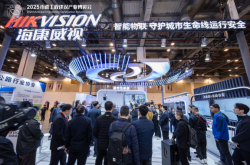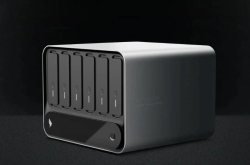Mazda: Navigating the Auto Industry's Challenges
![]() 05/28 2025
05/28 2025
![]() 513
513
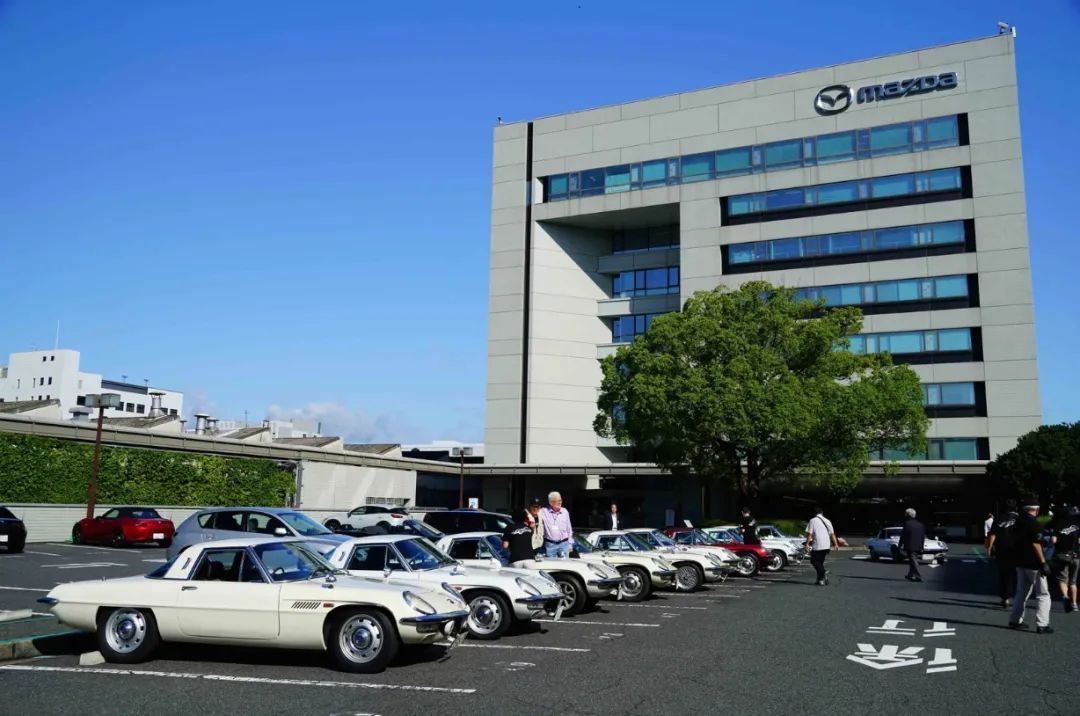
Introduction
Mazda: Standing Firm in a Shifting Landscape
At the Changan Automobile shareholders' meeting on May 27, Chairman Zhu Huarong revealed that Mazda Motor Corporation's Chairman, President, and CEO, Mao Long Shenghong, had requested that 60% of the Changan Mazda Nanjing plant's production line be reserved for Mazda exports. This underscores Mazda's recognition of China's market power and its strategic global layout.
On the same day, news broke that Changan Mazda had increased its capital by US$394 million, a significant 238% hike. Given Mazda's relatively small scale in the Chinese and global automotive industries, this substantial capital increase signals its commitment to enhancing operational quality.
What business philosophy drives Mazda? The brand consistently conveys a message of "persistence" and "stubbornness."
In an era where the global automotive industry is embracing electrification, Mazda's approach appears unconventional. As Europe pushes for internal combustion engine bans and automakers bet on pure electric vehicles, Mazda focuses on delivering gasoline and diesel SUVs to the European market, even planning to launch a large six-cylinder diesel SUV.
While models like the Volvo EX-90 capture industry attention, Mazda's conservative approach with its CX-80 hybrid seems out of step. Mazda upholds the belief that "carbon neutrality requires multiple paths" and invests in rotary engines that may burn natural hydrogen, giving the impression of lagging behind.
Technologically, Mazda's Skyactiv-X plug-in hybrid system has highlights but also shows stubbornness. The 2.5-liter four-cylinder system in the CX-60 offers 241kW of combined output and accelerates from 0 to 100km/h in 5.8 seconds, but its 37-mile pure electric range lags behind competitors.
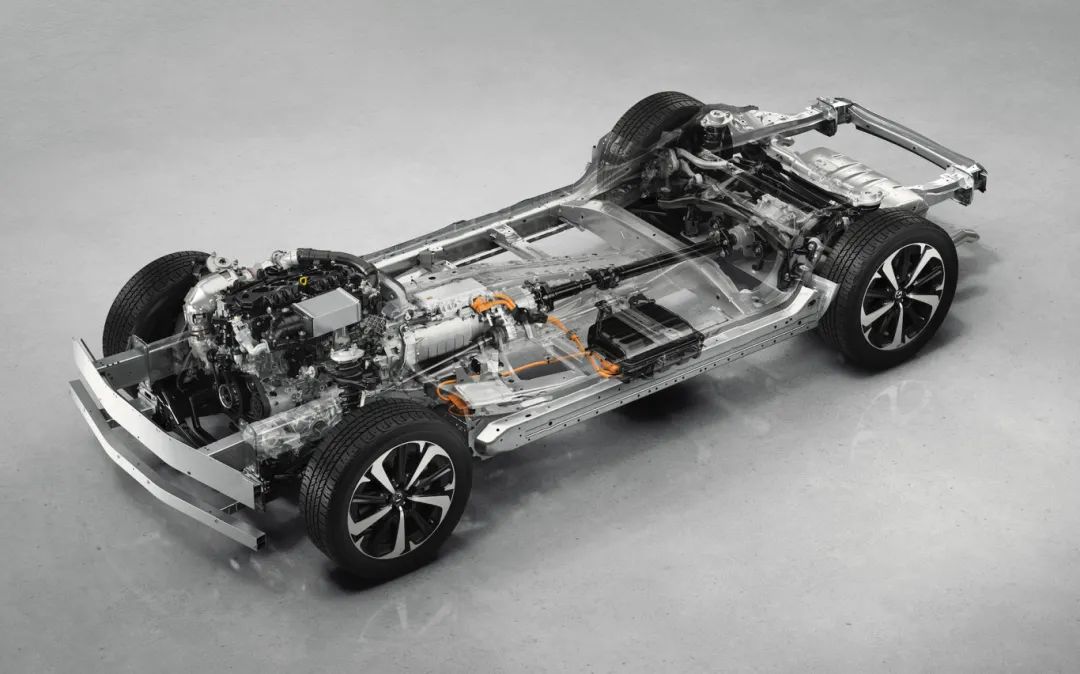
Amid the industry's embrace of smart cockpits and touch interaction, Mazda insists on physical buttons and knobs on the CX-60, citing safety first. In a world dominated by Tesla's minimalist interaction, this design seems outdated.
Mazda's conservatism extends to its product update strategy. The 2025 CX-60 upgrade is minimal: new seat leather, slightly modified dashboard, suspension fine-tuning, and a new paint color. This minor facelift lacks the innovation and significant upgrades seen in competitors' annual models.
As the automotive industry reshapes product cycles at the speed of "software-defined vehicles," Mazda's cautious approach to hardware iteration raises concerns about keeping pace with consumer needs.
Market feedback presents a paradox: In the UK, Mazda's sales from January to April 2025 surged 39.2% year-on-year, with 12,537 units sold. This success underscores Mazda's unique survival strategy: sustainable profits from being behind the times are more sustainable than losing money to be ahead of the curve.
01 Navigating the "Three Mountains"
The global market is rapidly changing, with fierce competition, tariff issues, and electric vehicle policies. The Chinese market is also in a price war. As a medium-sized automaker, how can Mazda advance in this complex environment?
Mazda has found a unique development path, demonstrating resilience. For example, in traditional fuel vehicles, Mazda's partnership with Isuzu on pickups has yielded the third-generation Mazda BT-50, combining greater torque, enhanced off-road performance, and comfort configurations.
Its six-cylinder power matrix stands out: The 3.0L straight-six gasoline engine achieves turbocharger-like fuel efficiency under naturally aspirated conditions, while the 3.3L straight-six diesel engine reduces NOx emissions while maintaining Mazda's linear power output.
In electric vehicle development, Mazda pursues multiple technology paths. The CX-3 plug-in hybrid uses a rotary engine as a range extender, addressing range anxiety.
In China, Mazda's localization strategy is deepening. The Nanjing-produced MAZDA 6e enters the mainstream market at RMB 159,800, while the EZ-60 optimizes aerodynamic drag, features a 26.45-inch 4K screen, and a 23-speaker Dolby Atmos system, redefining smart cockpit standards for joint venture brands.
Changan Mazda's "Double Hundred Doubling" strategy involves investing RMB 10 billion in new energy and achieving RMB 10 billion in overseas trade, transforming the Nanjing plant from a manufacturing base to a global technology hub.
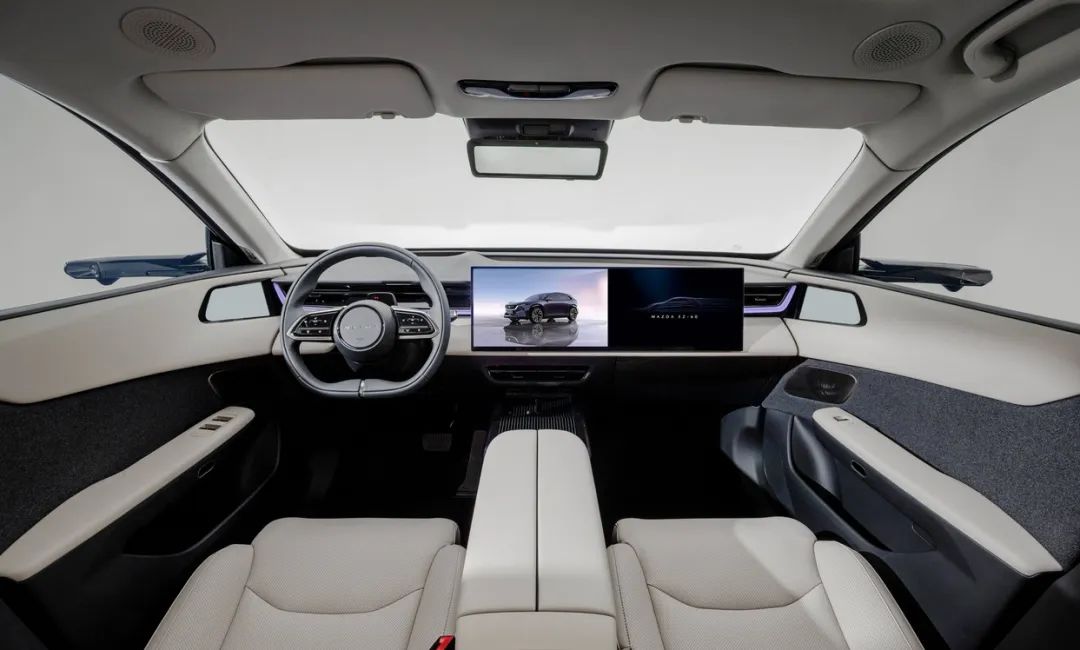
Amid price wars, the EZ-6 pushes B-segment new energy vehicle prices down to RMB 99,800, creating a RMB 50,000 price difference with competitors. Behind this "same price for oil and electricity" strategy lies Changan Mazda's flexible production line's extreme cost control, enabling rapid market response. Lifetime battery warranties reset service benchmarks for joint venture brands.
Amid tightening tariffs, Mazda hedges risks through regional layout. While the industry debates fuel vs. electric, Mazda proves that a true global enterprise reshapes competition dimensions with technological resilience.
02 Is This Maverick Spirit?
In the competitive U.S. market, Mazda's April 2025 sales of 37,660 units stood out, but locally produced models accounted for only 19% of total sales.
Tariffs pose a risk, with imported models facing cost increases, impacting prices and competitiveness. Like a "Sword of Damocles," tariffs could affect Mazda's U.S. development at any time.
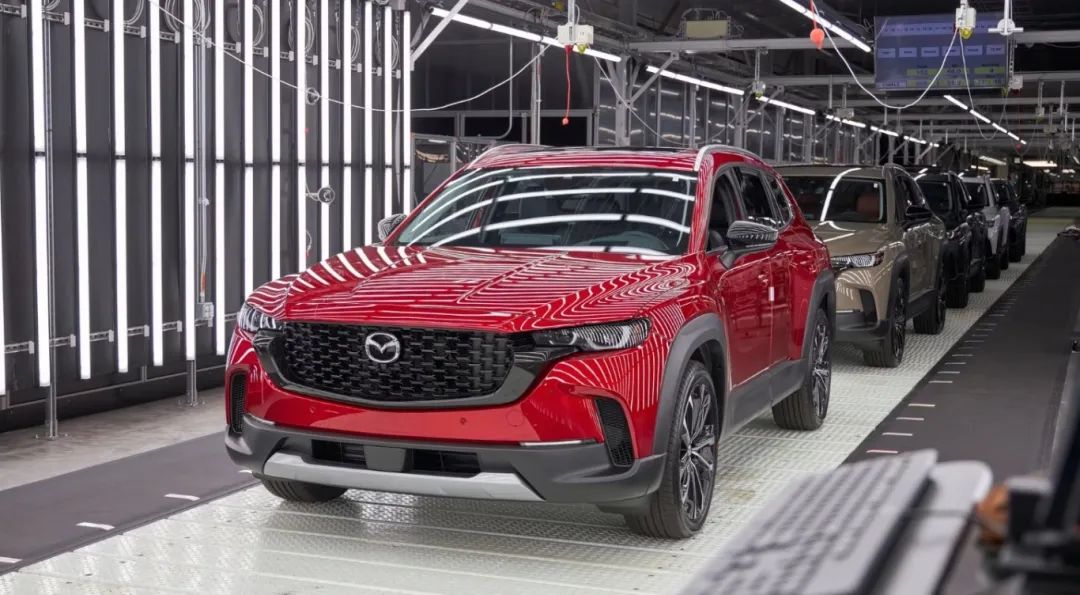
Mazda's wisdom in handling challenges is evident. To address potential tariff crises, Mazda partnered with Toyota to produce the CX-50 at their Alabama joint venture plant. This "kills two birds with one stone": leveraging Toyota's facilities and supply chain saves hundreds of millions of dollars, while Toyota's production management ensures CX-50 efficiency and quality, facilitating quick sales channel expansion.
This cooperation model has proven successful, with the CX-50 quickly gaining American consumer favor and sales steadily increasing.
Leveraging core advantages and forging strategic partnerships have always been Mazda's strategies. In the automotive industry, Toyota's Akio Toyoda is renowned for his leadership and brand contributions. However, Mazda's successive CEOs, who have guided the company through complex markets, have received less attention.
This reflects the industry's focus on different brands. Notably, General Motors, Ford, Stellantis, and even Volkswagen Group, which emphasizes stock price performance, have never appointed a Japanese leader to their senior management teams.
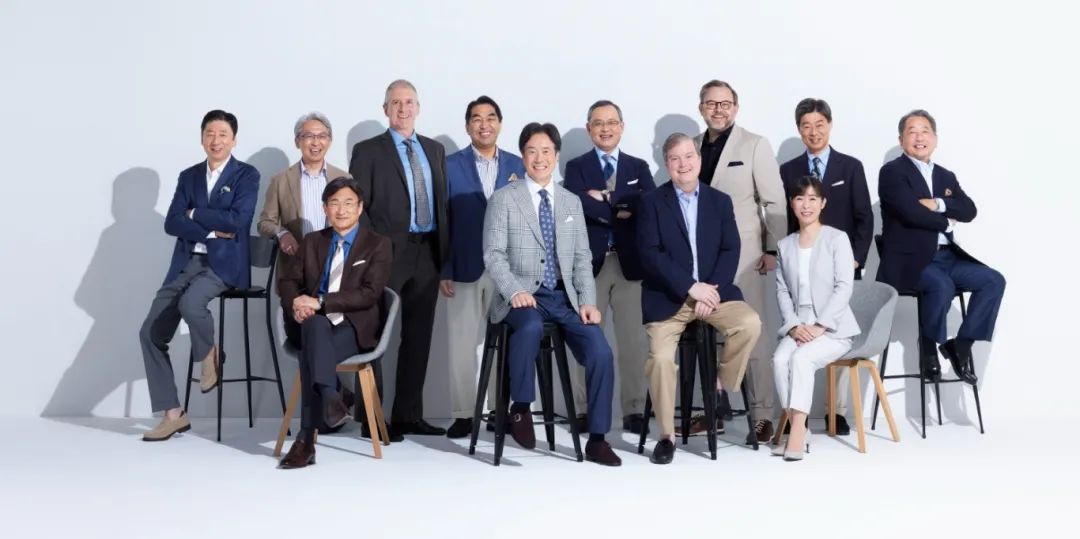
In China, few highly paid European and American automaker executives have established consistently profitable businesses. In contrast, Toyota and Honda consistently sell well and earn substantial profits, adhering to long-term philosophies, being low-key and pragmatic, and adjusting product and marketing strategies based on Chinese consumer needs.
Mazda shares Toyota's philosophy. Facing challenges, Mazda remains composed, neither panicking nor adopting short-sighted measures like drastic cost-cutting.
For example, despite high R&D costs, market uncertainty, and analyst skepticism, Mazda persisted in investing in rotary engine technology. This pursuit has shaped Mazda's unique brand charm, giving it a differentiated advantage in a homogenized market.
In strategic choices, Mazda is unique. Both the CX-60 and CX-80 demonstrate high-end brand positioning and incorporate cutting-edge technology, yielding continuous returns from one-time heavy R&D investments.
The 2.5-liter plug-in hybrid system is Mazda's most powerful internal combustion engine, achieving low fuel consumption and emissions. It has sold well in multiple global markets, becoming a pillar of Mazda's global strategy.

Mazda's clear brand positioning, unified image, streamlined product line, and profit-first strategy build its unique competitive advantage. Walking into a Mazda 4S store, the consistent atmosphere enhances consumer trust.
In Europe, while Mazda's ACEA sales chart ranking may not be high, its performance is impressive. In March 2025, Mazda sold 21,323 vehicles in the EU-UK-EFTA region, with a 1.3% market share, surpassing brands like Suzuki, Mini, and JLR, and approaching SEAT's share, double that of Honda, and four times that of Mitsubishi.
Remarkably, Mazda, with minimal electric vehicle sales, trails Tesla by only 7,000 units monthly in Germany. This proves that in traditional fuel and hybrid vehicles, Mazda still has strong market competitiveness and brand influence.
Consumer voting with their feet is the most intuitive measure, and market performance is the best test. Mazda's actions may not seem trendy, but with its unique technology path, product strategy, and brand philosophy, it has carved out its path in a competitive market. This atypical evolution is nothing to criticize.
Editor-in-Chief: Cui Liwen, Editor: He Zengrong

